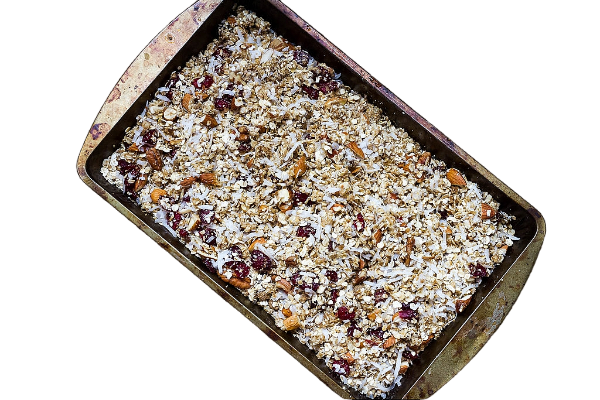Wheat, poppy seeds, honey, raisins, walnuts or hazelnuts, almonds, and vanilla are the ingredients of traditional old Polish kutia; some recipes also call for milk or śmietana. Sometimes kasha or rice are used in place of wheat to make kutia. In many other Eastern European countries, it is well-liked. This dish, which is served on Christmas eve, is extremely exceptional. It features the ideal proportions of
- Fruit
- Nuts
- Poppy seeds
and is sweetened with milk and honey.
THE RECIPE
You would nee to follow the the recipe carefully because it calls for considerable overnight preparation. It cooks more quickly than wheat berries. Additionally, as this is the first of our twelve vegetarian Christmas Eve courses, it shouldn’t include any dairy products, so no milk.
SIMPLICITY
Kutia is a simple, wholesome food that falls somewhere between porridge and pudding. It is offered on special occasions like Easter, Epiphany, Christmas Eve, and Orthodox New Year’s Eve. The event, the area, and the family custom all influence the recipe and ingredients. Typically, it is produced on Christmas Eve using wheat or barley, poppy seeds, honey, almonds, and dried fruit, most often raisins.
INGREDIENTS
The same ingredients as rich kutia are used to make generic kutia, which is prepared before to the Orthodox New Year. However, it is additionally enhanced with butter, milk, or cream, as well as the occasional dash of wine, cognac, or other alcoholic beverages. Last but not least, hungry kutia, or голодна кyтя, is served on January 18th and is made solely of grains and a tiny bit of sweetness.
GRAINS
Although barley and rice can be used in its place, wheat grains are usually used to make kutia. Make sure the grains are dry and light in color before using wheat or barley, and take out any that are broken or discolored. After that, give the grains a good wash and let them soak in lots of water for a few hours, or better yet, overnight. The following day, rinse and drain the grains in a mesh colander before cooking them in milk or water.
Add the liquid if needed, starting with a 1:1 liquid to grain ratio. Depending on the grain, cooking times might range from one to three hours. Cook over low heat, stirring occasionally, until the grains are totally tender.
